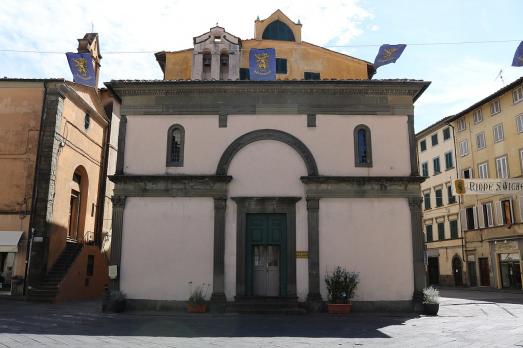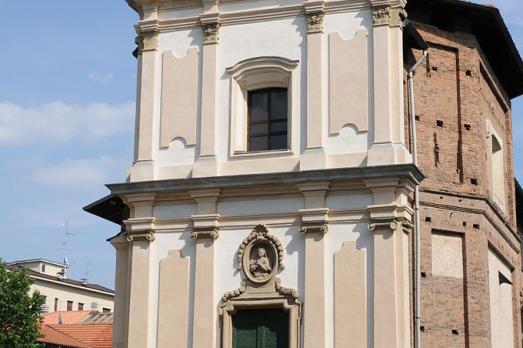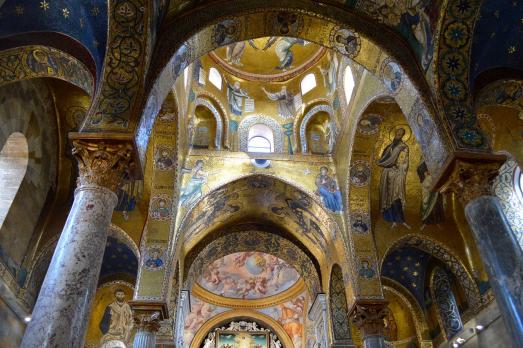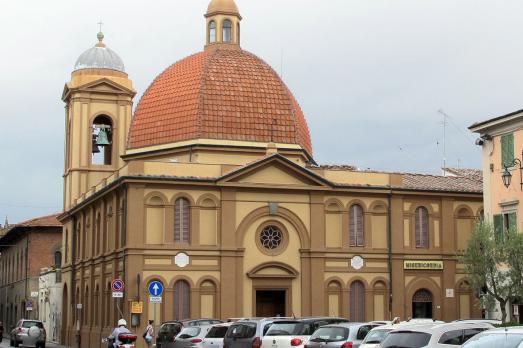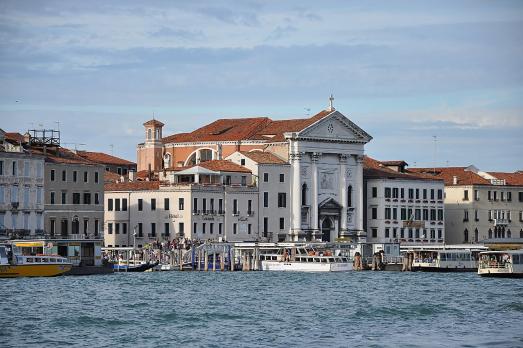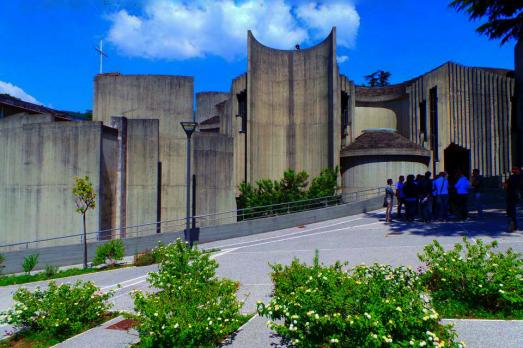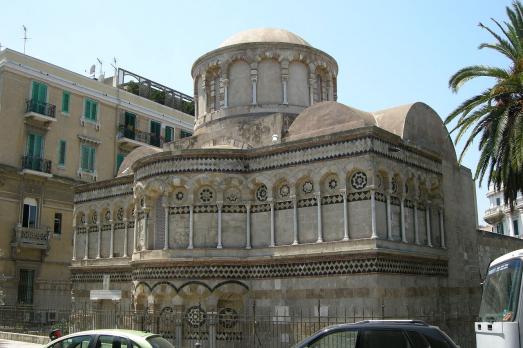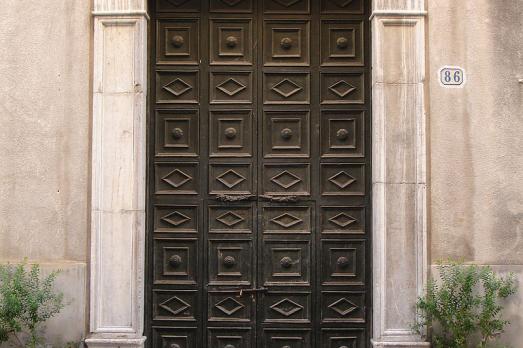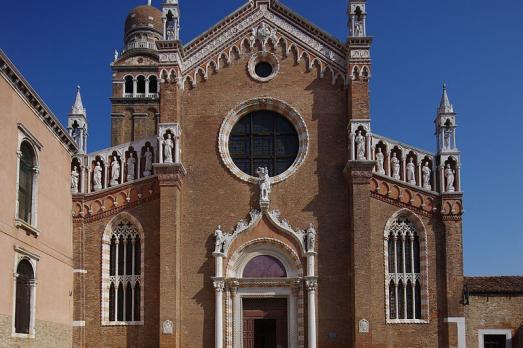
Chiesa della Madonna dell'Orto
Venezia, IT
The church of Madonna dell'Orto was founded in the 14th century by the Humiliati order with a monastery. In 1377 a Gothic church was built with donations; the occasion was the transfer of a miraculous statue of the Madonna, which had been found in a nearby garden. The church itself was completed around 1400, but the facade was not finished until 1460-1464. After the expulsion of the Humiliati, the monastery passed to the Canons Regular of San Giorgio in Alga. After their dissolution in 1669, it was acquired by the Cistercian monks who remained there until the end of the Republic in 1797.
